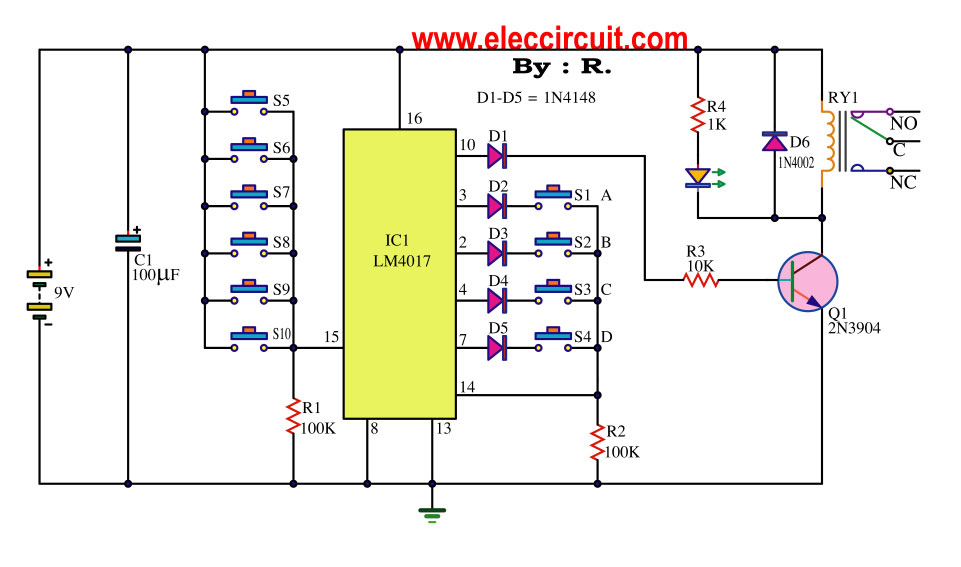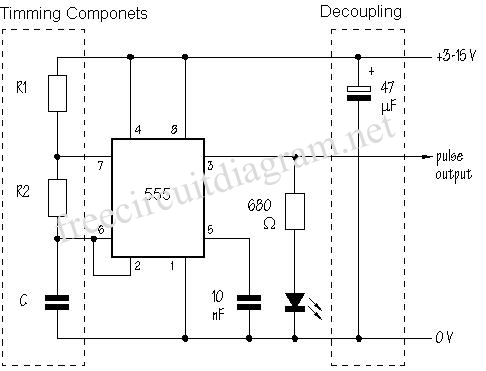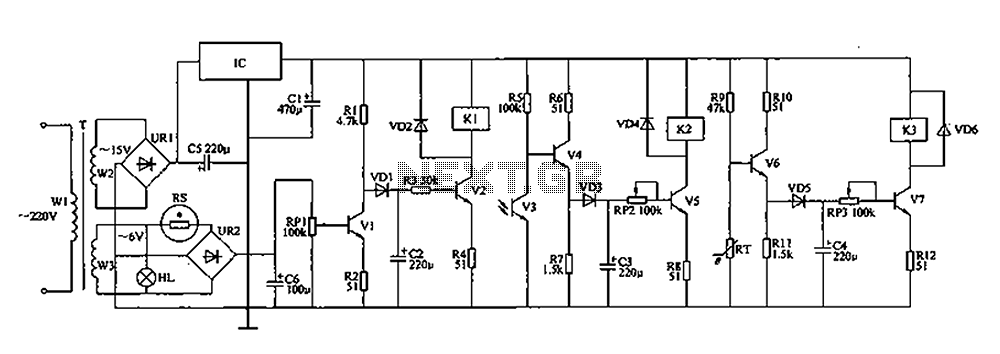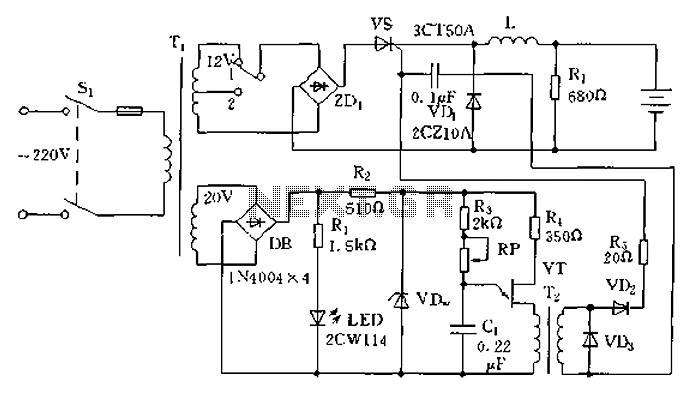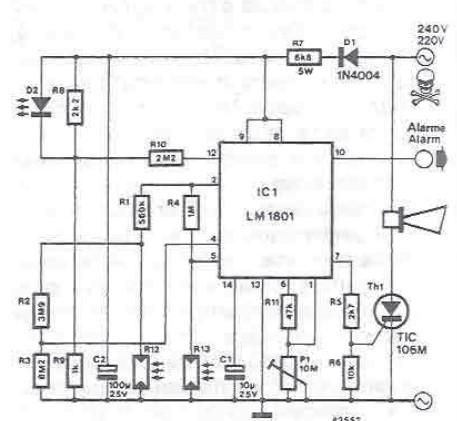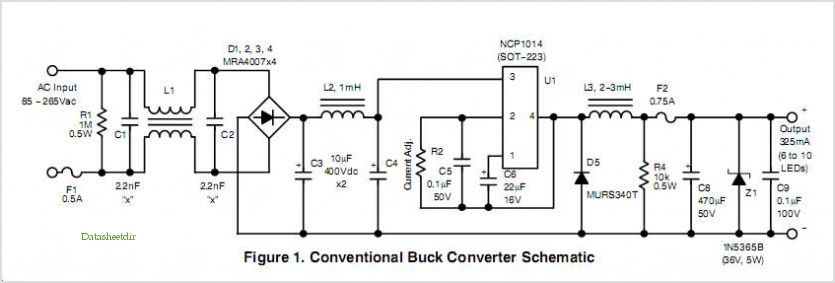
DK-5A, DK-5AD AC power control circuit
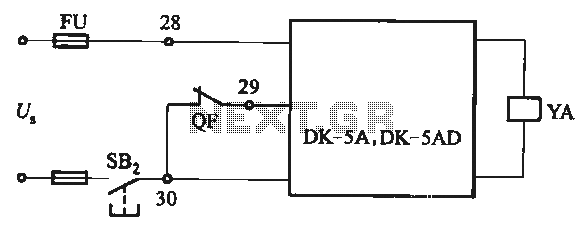
The DK-5A and DK-5AD AC power control circuit is illustrated in Figure 6-77. The figure includes a closing button (SBz) and a line (YA) connected to the closing electromagnet coil (U). This circuit is designed for the operation of the power control box.
The DK-5A and DK-5AD AC power control circuit is a fundamental component in managing the operation of various electrical devices. The circuit typically consists of a power source, a control switch, and an electromagnet coil, which collectively facilitate the control of AC power delivery.
In the schematic, the closing button (SBz) serves as a manual input for activating the circuit. When the button is pressed, it completes the circuit, allowing current to flow through to the electromagnet coil (U). This coil, when energized, generates a magnetic field that can be used to actuate mechanical switches or relays, enabling or disabling the power supply to connected loads.
The line (YA) indicates the connection from the closing button to the electromagnet coil, ensuring that the coil receives the necessary voltage to operate. The design of this circuit allows for safe and efficient control of AC power, making it suitable for various applications in industrial and commercial settings.
The circuit may also include protective components such as fuses or circuit breakers to prevent overloads and ensure the safety of the system. Additionally, the integration of indicator lights can provide visual feedback on the status of the circuit, enhancing usability and safety for operators.
Overall, the DK-5A and DK-5AD AC power control circuit exemplifies a straightforward yet effective design for managing AC power, demonstrating the essential principles of electrical control systems.DK-5A, DK- 5AD AC power control circuit circuit shown in Figure 6-77. Figure, SBz the closing button, YA line for the closing electromagnet coil, U., For the operation of the power control box.
The DK-5A and DK-5AD AC power control circuit is a fundamental component in managing the operation of various electrical devices. The circuit typically consists of a power source, a control switch, and an electromagnet coil, which collectively facilitate the control of AC power delivery.
In the schematic, the closing button (SBz) serves as a manual input for activating the circuit. When the button is pressed, it completes the circuit, allowing current to flow through to the electromagnet coil (U). This coil, when energized, generates a magnetic field that can be used to actuate mechanical switches or relays, enabling or disabling the power supply to connected loads.
The line (YA) indicates the connection from the closing button to the electromagnet coil, ensuring that the coil receives the necessary voltage to operate. The design of this circuit allows for safe and efficient control of AC power, making it suitable for various applications in industrial and commercial settings.
The circuit may also include protective components such as fuses or circuit breakers to prevent overloads and ensure the safety of the system. Additionally, the integration of indicator lights can provide visual feedback on the status of the circuit, enhancing usability and safety for operators.
Overall, the DK-5A and DK-5AD AC power control circuit exemplifies a straightforward yet effective design for managing AC power, demonstrating the essential principles of electrical control systems.DK-5A, DK- 5AD AC power control circuit circuit shown in Figure 6-77. Figure, SBz the closing button, YA line for the closing electromagnet coil, U., For the operation of the power control box.
